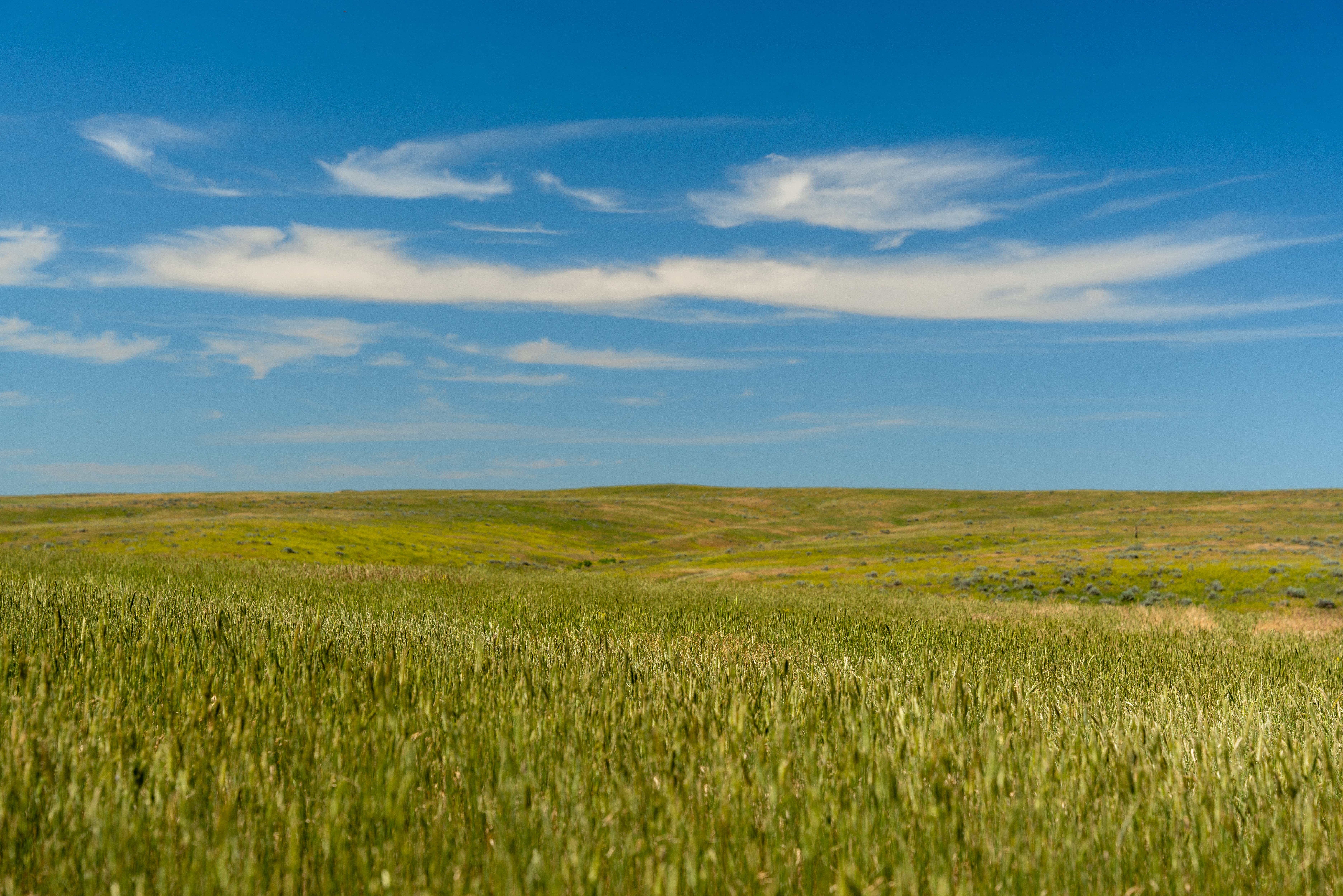
Unlocking the Soil Carbon Vault: The Case for Avoided Conversion
Did you know that the grass beneath your feet holds one of the most powerful tools for carbon storage?
As the leading project developer for avoided conversion of grasslands carbon projects, The Climate Trust frequently gets asked about the different avenues available for generating soil carbon credits. Like other carbon project sectors, grasslands can produce both avoidance credits for the preservation of existing soil carbon stocks and removal credits for enhancing rates of carbon sequestration.
Preserving the Soil Carbon Vault
The core concept behind avoiding grassland conversion is ensuring the preservation of existing soil carbon stocks that were sequestered and stored over long periods of time. Through the continual process of plant biomass production, microbial formation/decomposition, and the combined accumulation of these carbon-rich constituents, naturally functioning grasslands gradually build up immense stores of soil organic carbon — what ecologist and researcher Mark Easter refers to as the “soil carbon vault.”
Not surprisingly, these relatively flat plains with abundant below-ground nutrients also became prime culprits for commercial cropping, fueled by the adoption of mechanized farming. In a relatively short time, the use of intensive tillage took large withdrawals from the soil carbon vault by exposing more and more layers of soil to the air, volatilizing massive amounts of carbon to the atmosphere. Avoided conversion of grasslands projects provide the additional incentive needed for landowners to encumber their property with legal restrictions that prevent conversion to cropland and preserve below ground soil carbon in perpetuity.
The carbon accounting behind avoided conversion projects is also confident because soil carbon stocks in unplowed grasslands reach relatively stable states of equilibrium [1], making it easier to quantify the tons of carbon being preserved and credited for.
Improved Grazing Management: Enhancing Carbon Sequestration
Improved grazing management and adaptive grazing are common terms used for grassland carbon projects that aim to sequester additional carbon through a specific grazing strategy. These projects do not generate credit for existing soil carbon stocks but instead focus on increasing the rate at which new carbon is added to the system. Prescriptive changes for the project activity can involve grazing shorter rotations at higher intensities, increasing pasture rest periods, and adjusting season of use, with soil samples taken before and after treatment periods (usually 1-5 years) to quantify changes in carbon accrual. Accurately predicting and modeling how yearly grazing management changes affect soil carbon stocks has proven difficult though, with some evidence suggesting that sustained soil carbon gains are less feasible on responsibly managed lands [2]. This is partly due to inter-annual variations of below-ground carbon that naturally fluctuate in response to climatic factors such as rainfall, with periods of drought correlated with soil carbon depletion, regardless of stocking rate and pasture utilization [3]. Recent studies have also challenged the notion that plant material inputs are the primary driver of soil carbon accumulation, finding that severe grazing may maximize short term soil carbon accrual but negatively affect plant biomass production and other indicators of ecosystem health [4].
Grasslands as a Nature-Based Climate Solution
On-going research and development of these two project types demonstrates how grassland ecosystems are an important nature-based solution because of their significant carbon storage and sequestration potential with relatively low costs to implement. Understanding where the greatest uncertainty lies in how management actions will affect carbon stocks is an important consideration for project participants to keep in mind as the market for soil carbon credits further develops. By fine-tuning management practices to incrementally increase soil carbon accrual and promoting long-term storage through appropriate conservation mechanisms, well-placed investments into grasslands can continue to yield substantial outcomes for climate change mitigation.
Are you interested in learning more? Contact The Climate Trust for more information on grassland conservation projects.
References: